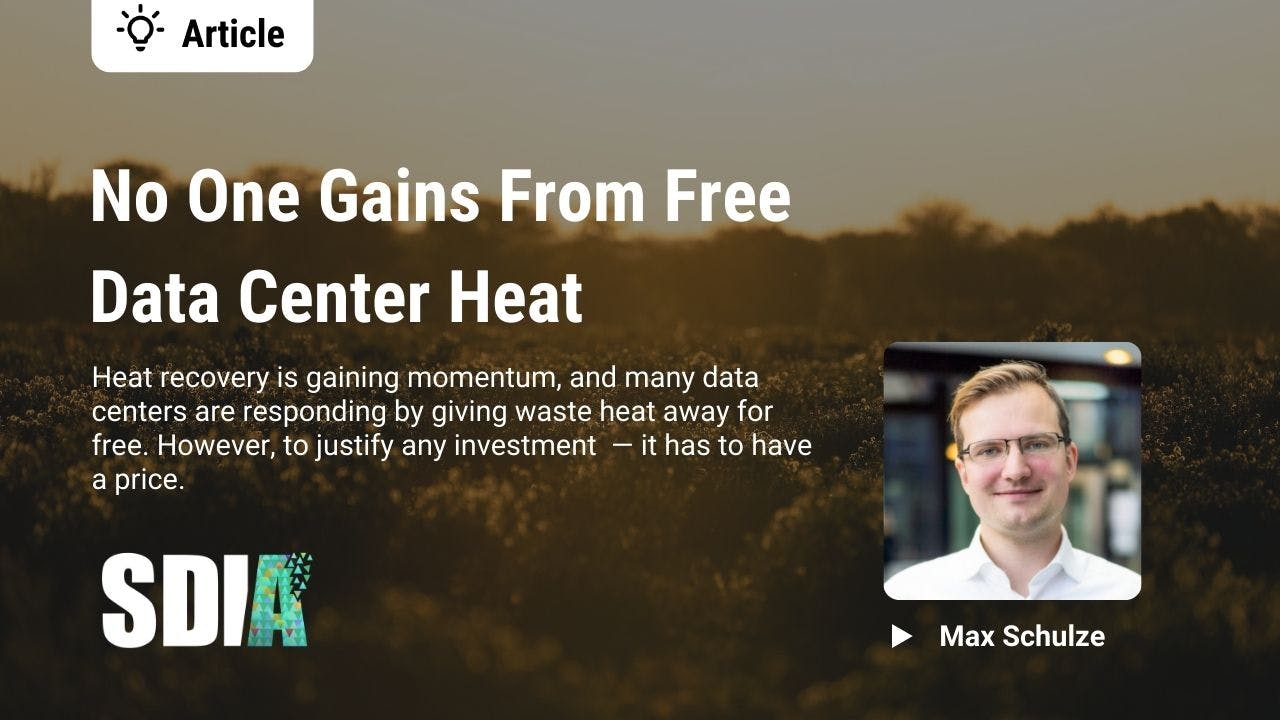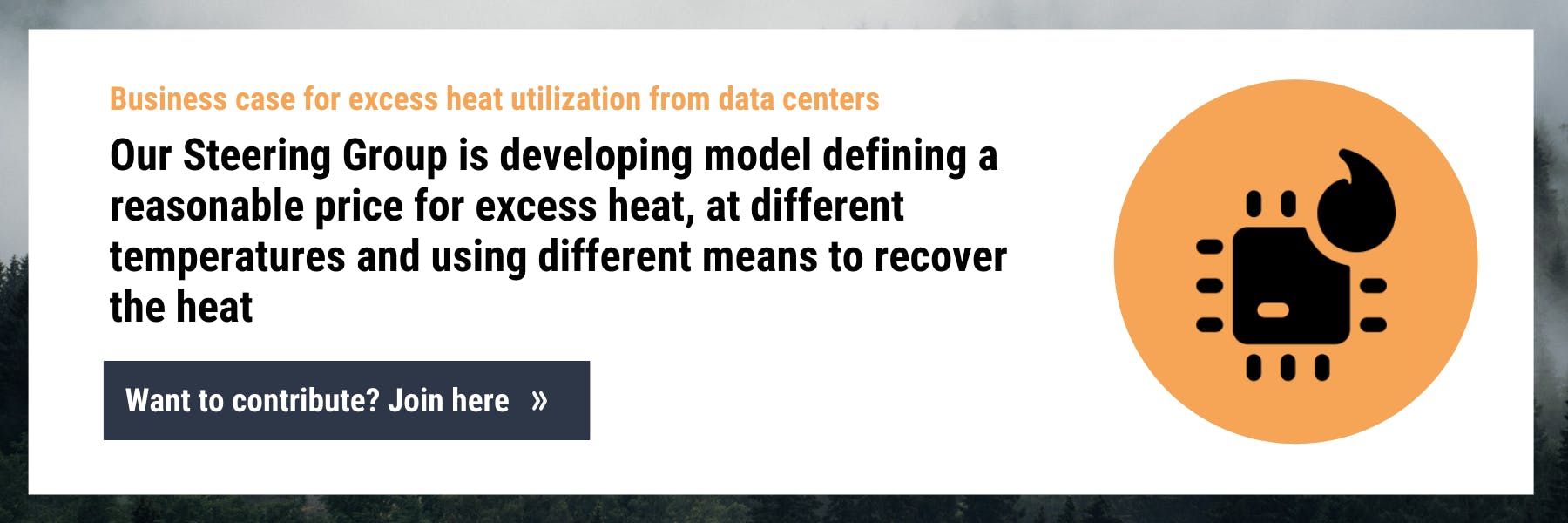Regional and national governments around Europe and the world are thinking about how to make the infrastructure behind the global digital transformation more sustainable. Heat recovery is amongst the topics that are gaining momentum, and many data center facilities are responding by vowing to give waste heat away for free to block further regulation. However, to justify any investment into infrastructure to recover, store and transport heat — it has to have a price, especially when the temperature levels have to be increased.
A price table for heat based on durability and temperature
Most discussions in the data center engineering community center around three issues with heat recovery — temperature, lack of nearby heat off-take, and contract durations required by heat off-takers (e.g. district heating grids, utilities).
Instead of treating these as engineering challenges, they merely require adequate pricing of the resulting heat, taking into consideration the requirements of the off-taker. Every data center facility should make such a price list openly available so that potential off-takers can make their economic calculations. With a price list, the recovered heat becomes a real commodity that can be sold and optimized, and thus investments into infrastructure, such as heat pumps or cold storage become financially viable.
What would such a price list entail? A matrix of the following values:
- Temperature level (e.g. 50℃, 75℃, 90℃)
- Availability (≤ 95%, 95%-99%, 99.99999%)
- Contract duration (e.g. 5, 10, 15 years)
A price on heat enables fair competition, and data center facilities are highly competitive in electrified heat generation
With the rising price of natural gas and forecasts on carbon offsets going through the roof, recovered heat (industrial waste heat in the energy sector), becomes a competitive alternative. In an electrified energy future, most heat should be generated with heat pumps or geothermal heat in any case.
The heat from data center facilities is already electrified. Recovering it is a question of temperature which can be improved with heat pumps, and in the long-term perhaps by additional heat produced from fuel cells. It is a question of durability and seasonality which can be improved with storage. And also, a question of long-term contracts which can be improved by building a recovery infrastructure capable of standing alone, achievable with or without the integration of heat pumps.
A data center facility can economically and sustainably compete within the heat market as it benefits from its own continuous heat source, thus reducing the additional electricity required by a heat pump. With both electrical and thermal storage, a facility can delay turning on the heat pump if needed, waiting for lower intraday energy prices. It can raise server inlet temperature by adjusting the room temperature or the cooling system or raise both the inlet & outlet temperature from the IT using liquid-based cooling technologies.
By pricing the heat accordingly, it becomes an economic good that can be integrated into an energy system that can be relied upon, calculated with, and invested in.
Key takeaways - a new revenue source for data center facilities
- Let’s put a price on heat, based on the investment costs to address requirements (temperature, durability, availability, and seasonality)
- Each data center facility publishes a public price list, so that heat off-takers can compare prices and there is fair competition on electrified heat
- Optimize the price through thermal and electrical storage, raising output temperature through liquid-based cooling, etc.
Free is not a good business case and it is not necessary. A price is a signal in our economic system, especially within the energy sector. It’s required to plan long-term heat networks and energy systems. Let’s put a price on recovered heat from data center facilities.

.jpg?ixlib=gatsbyFP&auto=compress%2Cformat&fit=max&rect=0%2C44%2C600%2C800&w=600&h=800)

%20(5).png?ixlib=gatsbyFP&auto=compress%2Cformat&fit=max&w=1280&h=720)
%20(4).png?ixlib=gatsbyFP&auto=compress%2Cformat&fit=max&w=1280&h=720)
